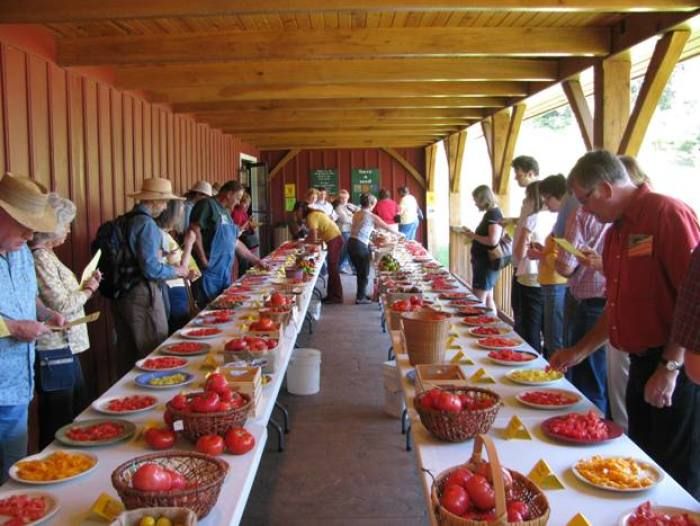
“Why do grocery store tomatoes taste like rubber balls?” a visitor to our Fourth Annual Tomato Tasting event asked.
Today, tomatoes travel farther and farther to get to our plates. And all this traveling means hybrid tomatoes are being bred for traits like storage and disease resistance at the expense of taste, color, and texture.
But then there’s that other question: “Do heirlooms really taste better?”
At the Tomato Tasting, attended by an estimated 1000 people on Labor Day weekend, we tried to get at the heart of this question the best way we know how: “Here, taste an heirloom tomato. In fact, taste 35.”
And as with most questions in life, there were many answers:
“Hard to believe these are all tomatoes.”
“I can’t believe how many different flavors there are.”
“These tomatoes really are better.”
“Gross!”
So maybe not all heirlooms taste better, but with so many to choose from you’re sure to find one that’s right for you and your brood. (It just so happens that Velvet Red won “crowd favorite” by a landslide.) And once you find that perfect tomato, you only have to buy it once. That’s because heirloom tomatoes are a great way for home gardeners to get started saving seed.
In nature, ripe tomatoes fall from the plant and slowly rot, exposing the seeds and allowing natural weathering to break down the slimy gelatinous coating on the seeds. This is easily replicated through the process of fermentation. To save tomato seeds, seed savers must deliberately remove the coating from them.
Here’s how:
1. Take the seeds out of your best-looking tomatoes, and put them into any container that can hold liquid. Don’t worry if there is pulp with the seeds. Keep as much juice with the seeds as possible.
2. Some seed-saving techniques suggest adding water to the mixture. We recommend not adding water unless the mixture evaporates before it starts fermenting. This can be done by adding about ½ cup of nonchlorinated water to 1 cup of tomato seed and pulp.
3. Fermentation should happen in 24 hours to four days. This depends on many variables, such as air temperature or how ripe the fruit is. A layer of white mold may grow across the top. Once this mixture has fermented, continue to the next steps so that seeds do not germinate.
4. Think about where to put the tomato seed mixture, because inevitably it will smell. You may want to cover your mixture with a mesh screen to keep out fruit flies.
5. After fermenting, add water and stir. Mature seeds will sink to the bottom. If a seed is light enough to float, it is probably not fully formed, mature, or viable. Don’t save these seeds.
6. Pour off the pulpy mixture but not the viable seeds in the bottom of your container.
7. Pour the remaining liquid into a kitchen strainer, and wash thoroughly under the faucet until the seeds are clean.
8. Drain, and then spread the seeds out thinly on a surface to dry. Any substrate to help them dry as quickly as possible will work: coffee filter, paper plates, paper towel, or wax paper. It is best to dry seeds out of direct sunlight; this can take up to four weeks.
9. Store the seeds in an envelope or seed packet, and place it in a dry, cool location. You can assess the quality of your storage conditions by adding the room temperature in Fahrenheit plus relative humidity. Try to keep that number under 100; the lower the number, the better the conditions for seed storage.
But don’t forget to follow the most important rule: Put a label on everything, every step of the way. In the words of our collection curator, “No one wants to plant something, thinking they have one variety and end up with something else.”
So save seeds from your favorite tomatoes, plant them out next spring, and help put an end to rubber ball syndrome, one tomato at a time.
Note from a seed saver: Tomatoes will most commonly self-pollinate, so seeds saved will remain “true to type” without risk of cross-pollination. However, there are always exceptions. Some tomatoes can cross-pollinate; this is dependent on many factors, such as flower shape, environment, and biodiversity. To ensure seed purity you may want to plant only one variety, spread different varieties throughout your garden, or know which varieties you are planting.
Fine Gardening Recommended Products
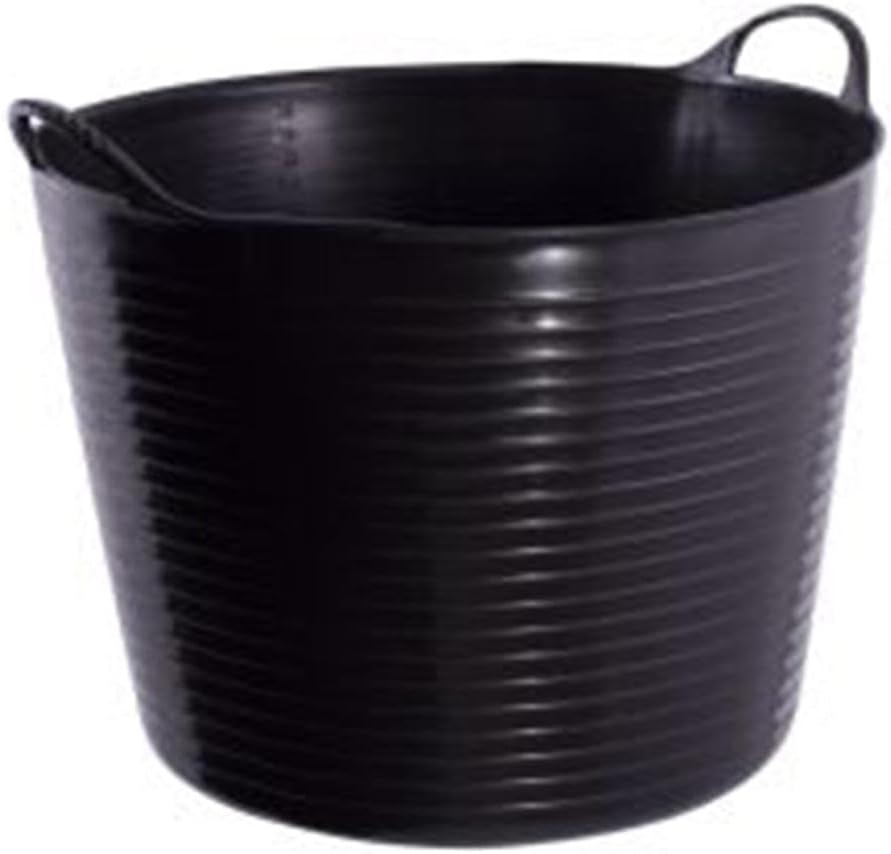
Tubtrugs SP42GBK Flexible Black Gorilla Large 38 Liter/10 Gallon Capacity
Fine Gardening receives a commission for items purchased through links on this site, including Amazon Associates and other affiliate advertising programs.

Plant Covers Freeze Protection 10 ft x 30 ft Floating Row Cover 0.9oz/yd²
Fine Gardening receives a commission for items purchased through links on this site, including Amazon Associates and other affiliate advertising programs.

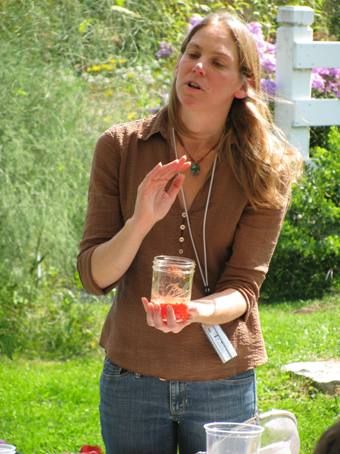
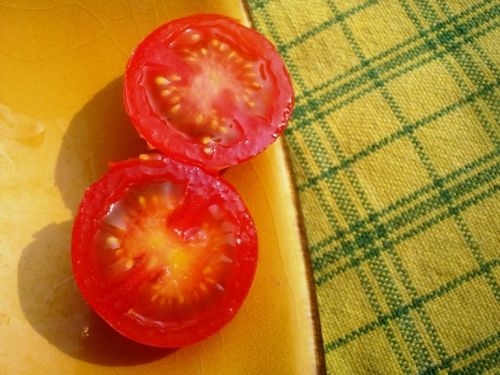




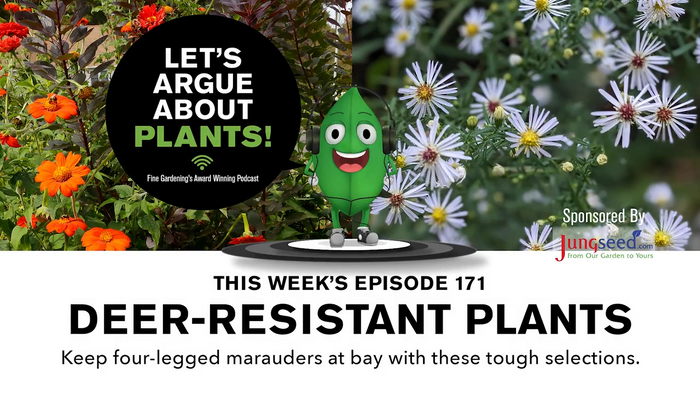












Comments
Log in or create an account to post a comment.
Sign up Log in